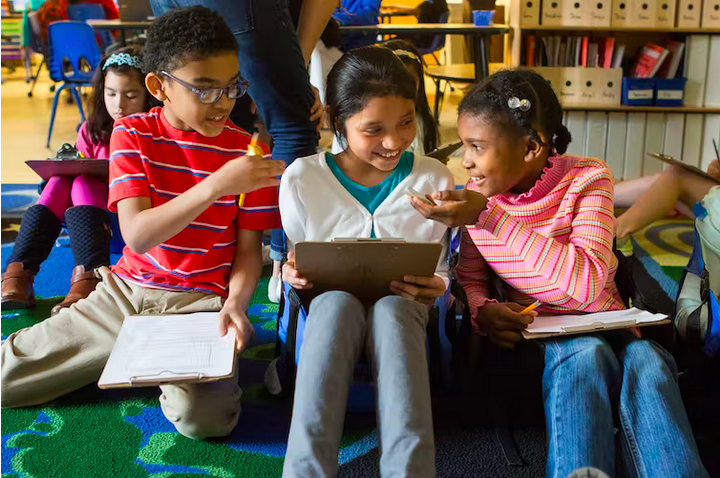
Cristina De Simone, a Ph.D. student in Mathematics Education at York University, Canada, and Tori Trajanovski, a Ph.D. student in Education at York U, write about teachers who are now moving beyond traditional ways of teaching math and shifting towards evidence-based equitable teaching and assessment practices.
Families might be wondering why their child’s math classroom looks so different from what they remember in school.
Why aren’t teachers putting students on the spot and getting them to prove that they know the math? Why are teachers letting students solve problems in lots of different ways instead of just telling them how to do it?
Teachers are moving beyond traditional ways of teaching math and shifting towards more evidence-based equitable teaching and assessment practices. This means every student is provided with what they need as opposed to being provided with the exact same resources and assessment practices.
For example, instead of giving all students in the classroom the exact same test, a student with test anxiety will be given an alternative format to showcase their learning.
Read the full article in The Conversation Canada.
